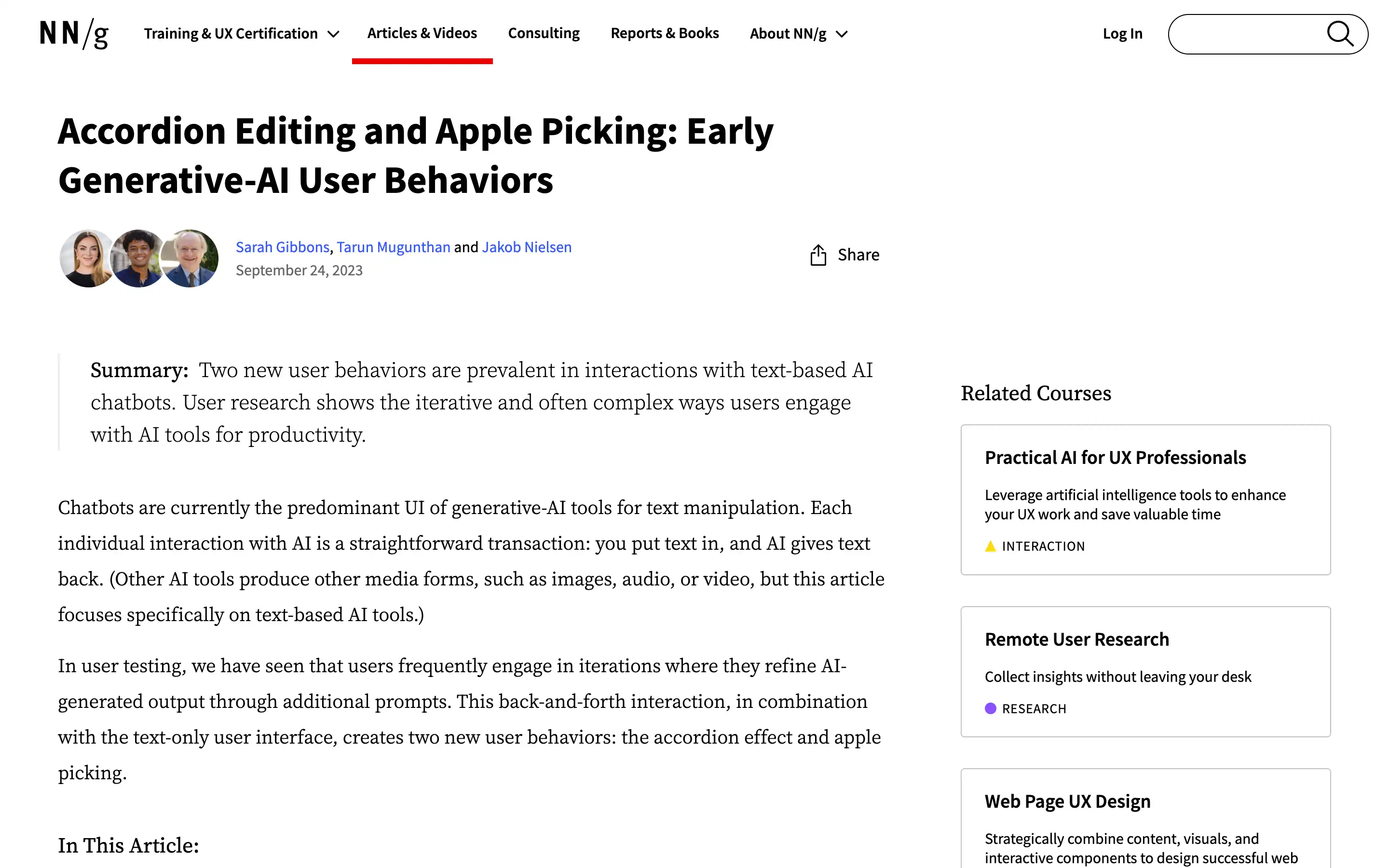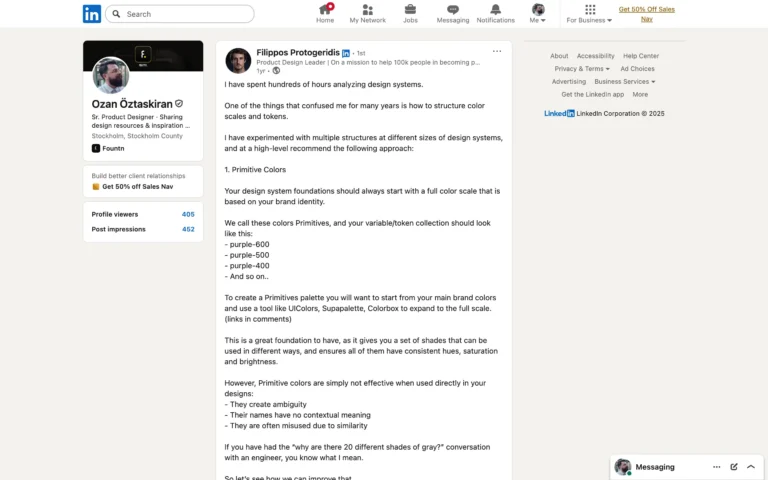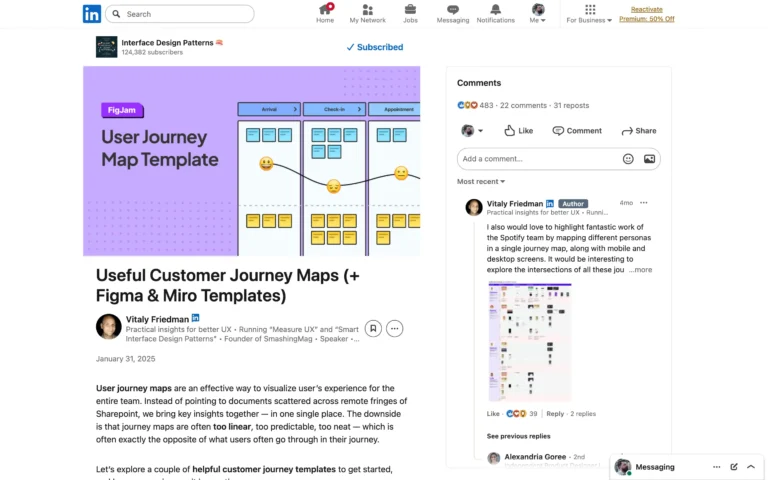As technology advances, the way we interact with artificial intelligence (AI) tools has undergone a significant transformation. The rise of text-based AI chatbots, such as ChatGPT, has introduced two new user behaviors that are reshaping how we engage with these productivity tools: accordion editing and apple picking.
Accordion editing is an iterative process in which users repeatedly ask the AI to shrink or expand its outputs, often back-to-back, to achieve their desired goal. This behavior is driven by the one-dimensional nature of text, where users can easily manipulate the length of the content. They may use forced ranking to reduce the number of items or specify word-count limits to refine the AI’s response.
On the other hand, apple picking occurs when users reference one or multiple previous AI responses in their subsequent prompts, either to change a specific element or to use it as context for their subsequent request. This behavior results from current chatbot interfaces’ limitations, making it challenging for users to modify or build upon the AI’s outputs easily.
The research conducted by the authors reveals that these new user behaviors are not just isolated incidents, but rather a prevalent trend in how people interact with generative AI tools. The study involved professionals and students who use chatbots in their day-to-day work, and the findings highlight the need for significant improvements in the design of these AI-powered interfaces.







